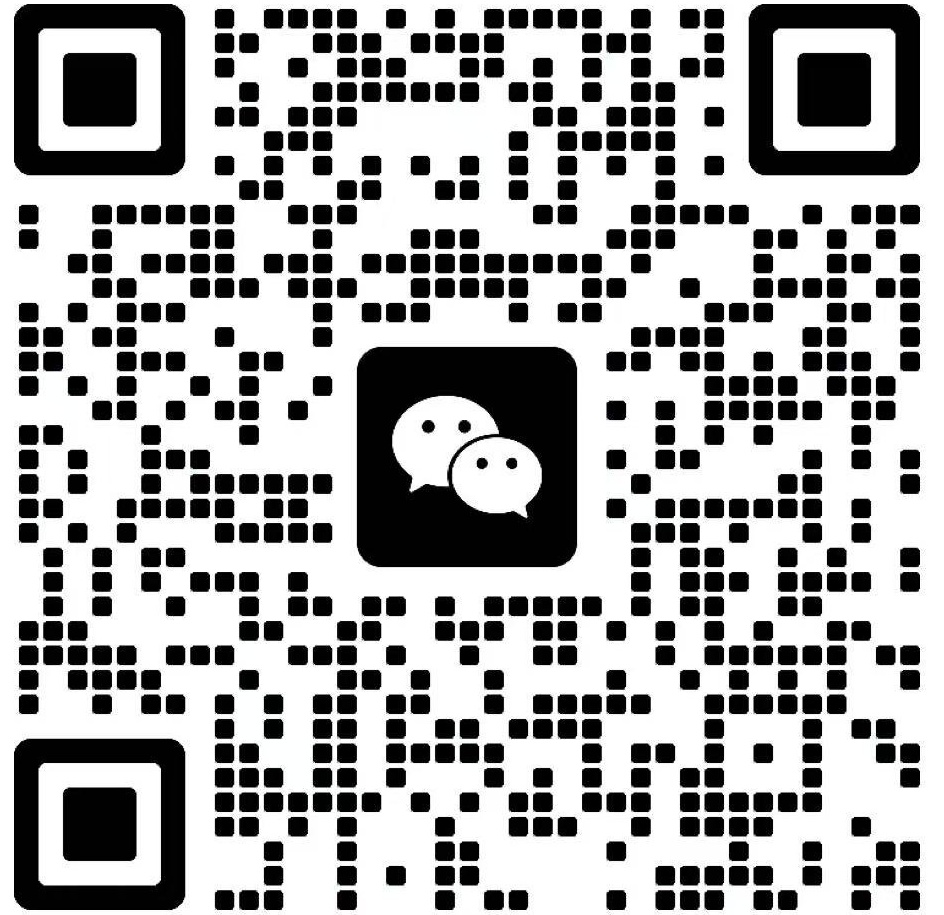Developing applications in Crystals for CFR-50JB-52-1K6 involves a multifaceted approach that integrates various technologies and methodologies to create effective solutions tailored to specific needs. Below is a detailed overview of key technologies, success strategies, and hypothetical success stories that illustrate the potential impact of these applications.
Key Technologies
1. Crystal Reports: A powerful reporting tool that allows developers to create dynamic, data-driven reports. It can pull data from multiple sources, making it ideal for generating insights and analytics.
2. Database Management Systems (DBMS): Essential for data storage and management, popular choices include SQL Server, Oracle, and MySQL. Proficiency in SQL and database design is crucial for effective application development.
3. Web Technologies: For web-based applications, HTML, CSS, and JavaScript are foundational. Frameworks like Angular, React, or Vue.js enhance user experience by enabling responsive and interactive interfaces.
4. APIs and Web Services: RESTful APIs and SOAP services facilitate communication between different software components, allowing for seamless data exchange and integration with external systems.
5. Cloud Computing: Utilizing platforms like AWS, Azure, or Google Cloud enhances scalability and accessibility, enabling applications to handle varying loads and provide services over the internet.
6. Data Visualization Tools: Tools such as Tableau or Power BI can be integrated to provide advanced visualization capabilities, helping users interpret complex data sets effectively.
7. Mobile Development Frameworks: For mobile accessibility, frameworks like React Native or Flutter allow for the development of cross-platform applications, ensuring a wider reach.
8. Security Technologies: Implementing robust security measures, including encryption, authentication, and authorization, is critical to protect sensitive data and ensure compliance with industry regulations.
Success Strategies
1. User-Centric Design: Prioritizing user experience (UX) and user interface (UI) design through user research and usability testing can lead to a more intuitive application that meets user needs.
2. Agile Development Methodology: Adopting Agile practices enables iterative development, allowing teams to respond quickly to changes and feedback, resulting in a more refined final product.
3. Continuous Integration/Continuous Deployment (CI/CD): Implementing CI/CD pipelines streamlines the development process, facilitating faster releases and more reliable deployments.
4. Collaboration and Communication: Fostering collaboration among team members and stakeholders enhances alignment on project goals and accelerates problem-solving.
5. Performance Monitoring and Optimization: Regularly monitoring application performance and making necessary optimizations ensures smooth and efficient operation.
6. Training and Support: Providing comprehensive training and support for end-users enhances adoption rates and ensures effective utilization of the application.
Example Success Stories
While specific success stories for CFR-50JB-52-1K6 may not be readily available, here are hypothetical examples based on common industry practices:
- Healthcare Application: A healthcare provider developed a reporting application using Crystal Reports integrated with their electronic health record (EHR) system. This allowed healthcare professionals to generate real-time reports on patient data, improving decision-making and operational efficiency. The application led to a 30% reduction in report generation time, enabling staff to focus more on patient care.
- Retail Analytics Tool: A retail company created a data visualization application that integrated with their sales database. By leveraging cloud technologies and data visualization tools, they analyzed sales trends and customer behavior, resulting in a 20% increase in sales through targeted marketing strategies. The application provided insights that helped optimize inventory management and improve customer engagement.
- Financial Dashboard: A financial institution developed a dashboard application that utilized APIs to pull data from various financial systems. By implementing Agile methodologies, they delivered a user-friendly interface that provided real-time insights into financial performance. This resulted in improved client satisfaction and a 15% increase in client retention rates, as clients appreciated the transparency and accessibility of their financial data.
Conclusion
In summary, application development for CFR-50JB-52-1K6 can leverage a variety of technologies and strategies to create effective solutions. By focusing on user needs, adopting modern development practices, and ensuring robust security measures, organizations can achieve significant improvements in efficiency, user satisfaction, and overall business performance. The hypothetical success stories illustrate the potential impact of well-developed applications in various industries, showcasing the transformative power of technology in addressing specific challenges.













